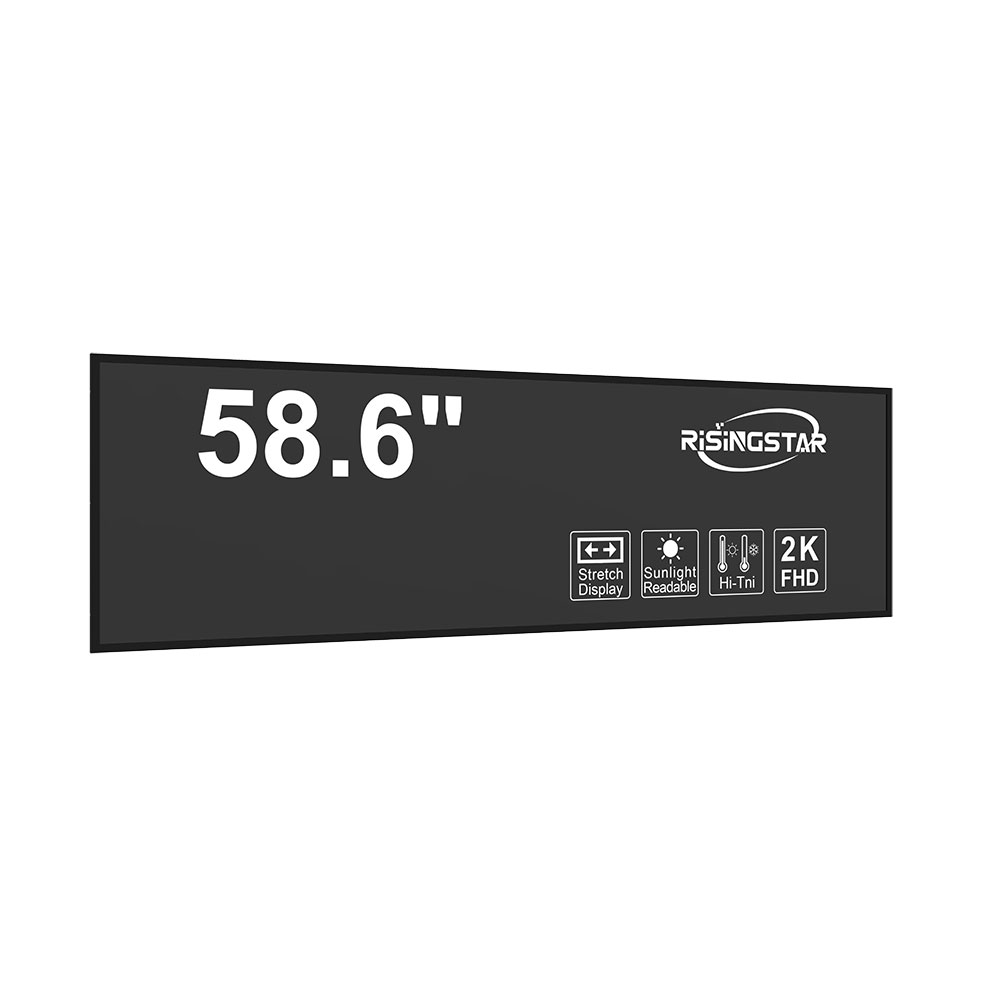- Hjem
- Om os
- Produkter
- Nyheder
- Videoer
- Kontakt
- Send forespørgsel
Søg
- Hjem
- Om os
- Produkter
- Nyheder
- Videoer
- Kontakt
- Send forespørgsel

Outdoor high-brightness LCD screens have become a critical component in modern passenger information systems (PIS) across airports, train stations, bus terminals, and urban transit networks. These displays serve as the primary interface between transport operators and passengers, delivering real-time updates on schedules, delays, platform changes, safety alerts, and service disruptions. According to a 2023 report by Grand View Research, the global smart transportation display market is projected to exceed $14 billion by 2030, driven largely by the increasing demand for efficient, reliable, and visually accessible public transit information.
High-brightness outdoor LCDs are specifically engineered to operate effectively under challenging environmental conditions such as direct sunlight, extreme temperatures, humidity, and vibration. Standard indoor displays often fail under these conditions due to reduced contrast ratios and screen glare—issues that outdoor-rated displays solve using advanced technologies like LED backlighting, anti-glare coatings, and adaptive brightness control. For example, Philips’ LED-backlit LCD panels can achieve up to 5,000 nits of brightness, ensuring visibility even in full daylight, while Panasonic’s industrial-grade displays meet IP65 weather resistance standards, making them ideal for outdoor use in railway stations or airport concourses.
The integration of these screens into PIS is not just about hardware—it’s also about system interoperability. Modern PIS platforms typically connect with central management systems (CMS) via IP-based protocols such as HTTP, MQTT, or ONVIF. This allows dynamic content updates from a central server without requiring manual intervention at each display location. Case studies from London Underground and Singapore Changi Airport demonstrate how centralized digital signage solutions reduce operational costs by 30–40% through automated content scheduling and remote diagnostics.

Moreover, energy efficiency is a growing concern. Many outdoor LCDs now comply with ENERGY STAR and EPEAT standards, consuming less power while maintaining performance. A 2022 study published in the Journal of Cleaner Production found that replacing legacy CRT-based displays with LED-backlit LCDs in a major U.S. transit authority reduced annual electricity consumption by over 65%, contributing to sustainability goals.
From a user experience perspective, high-brightness LCDs improve accessibility. With clear visuals and support for multilingual text, icons, and audio cues, they help diverse travelers—including those with visual impairments—navigate complex transit environments more confidently. The International Association of Public Transport (UITP) emphasizes that well-designed PIS significantly reduce passenger anxiety and increase satisfaction scores, particularly during peak hours or service disruptions.
In conclusion, outdoor high-brightness LCD screens represent a convergence of engineering excellence, data integration, and human-centered design. Their deployment in passenger information systems enhances transparency, improves operational efficiency, and supports the development of smarter, more resilient transportation ecosystems worldwide. As cities continue to grow and adopt intelligent infrastructure, the role of these displays will only expand—making them indispensable tools for future-ready mobility.